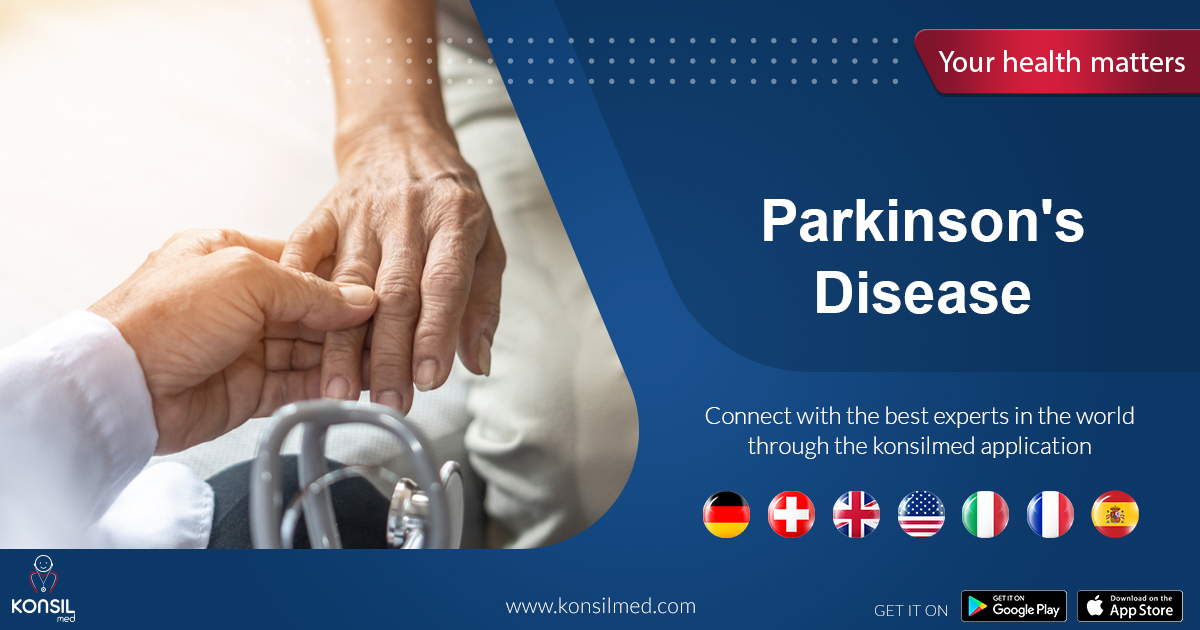
Parkinson's disease is a progressive disease that often begins with a barely noticeable or invisible tremor in one hand. While the tremor is the most obvious hallmark of Parkinson's disease, the syndrome generally slows or freezes movement as well. Friends and family members may notice a stiff, expressionless face and arms that don't move at either side of the body when walking. Speech often becomes slurred or mumbled.
Parkinson's disease symptoms get worse as the disease progresses. Although there is no cure for Parkinson's disease, several types of medications can help relieve symptoms, and in some cases, surgical treatments may be needed.
Symptoms of Parkinson's disease:
The symptoms that accompany Parkinson's disease vary from one person to another, and the initial symptoms may be implicit only without being noticeable for many months or even years. Symptoms begin to appear first on one side of the body and are always more severe and dangerous on that same side in the future.
Symptoms of Parkinson's disease include:
1. Tremors or shaking
The distinctive tremor or shaking that accompanies Parkinson's disease often begins in one hand, and appears in the form of rubbing the thumb with the index finger in a repetitive movement back and forth, also called disc-rolling tremor. This is the most common symptom, but a large percentage of Parkinson's patients do not show a strong tremor that can be noticed.
2. Slow movement
Parkinson's disease may limit the patient's ability to perform voluntary movements and actions over time, which may make the easiest and simplest daily activities complex and require a longer period of time. When walking, the patient's steps may become shorter and clumsy, dragging his feet or the feet may freeze in place, making it difficult for him to take the first step.
3. Muscle stiffness
Muscle stiffness often appears in the extremities and the back of the neck, and may sometimes be so severe that it restricts the range of movement and is accompanied by severe pain.
4. Uneven stature and imbalance
The stature of a Parkinson's patient may become hunched as a result of the disease, and he may suffer from imbalance, which is a common symptom in Parkinson's patients, although it is generally moderate until the most advanced stages of the disease.
5. Loss of involuntary movement
Blinking, smiling and moving the hands while walking are involuntary movements and are an integral part of being human, but these movements appear in Parkinson's patients at a lower rate and sometimes disappear completely. Some Parkinson's patients may have a frozen look without the ability to blink, while others may appear without any expressive movements or may appear to be affected when speaking.
6. Changes in speech
The majority of Parkinson's patients suffer from difficulty speaking. The speech of a Parkinson's patient may become softer, monotonous, monotonous and may swallow parts of words from time to time or may repeat words he said before or may become hesitant when he wants to speak.
7. Dementia
In the advanced stages of the disease, some Parkinson's patients suffer from memory problems and partially lose their mental clarity. In this regard, medications used to treat Alzheimer's disease may help reduce some of these symptoms to a more moderate degree.
Causes and risk factors for Parkinson's disease:
Most of the symptoms of Parkinson's disease result from a deficiency in a chemical transmitter in the brain called dopamine. This happens when certain cells in the brain that are responsible for producing dopamine die or atrophy. However, researchers do not yet know for sure the first and main factor that causes this series of processes. Some researchers believe that genetic changes or environmental toxins have an impact on the onset of Parkinson's disease.
Risk factors for Parkinson's disease include:
1. Age
Young people rarely get Parkinson's disease, as Parkinson's disease generally appears in middle age and the elderly, and as we get older, the risk of developing Parkinson's disease also increases. The following are the most prominent risk factors for Parkinson's disease:
1. Genetics
If there is one or more relatives in the family who have Parkinson's disease, the risk of developing Parkinson's disease increases, although this probability does not exceed 5%. Evidence has recently been revealed that there is a complete network of genes responsible for programming the structure and function of the brain.
2. Gender
Men are more susceptible to Parkinson's disease than women.
3. Exposure to toxins
Continuous exposure to weed killers and pesticides slightly increases the risk of developing Parkinson's.
Complications of Parkinson's disease:
Parkinson's disease is often accompanied by additional problems, including:
*Depression.
*Sleep disorders.
* Problems chewing or swallowing.
* Problems urinating.
* Constipation.
* Problems with sexual performance.
Some medications used to treat Parkinson's can cause a number of complications and complications, including: tremors or * shaking in the arms or legs, hallucinations, lack of sleep, and a sharp drop in blood pressure when changing position from sitting to * standing.
Diagnosis of Parkinson's disease:
There are no tests for early diagnosis of Parkinson's disease, so it may be difficult to determine the initial diagnosis, especially in the early stages of Parkinson's. In addition, Parkinson's symptoms can be caused by a variety of other problems, such as:
1. Other disorders of neurological origin
Primary tremor, dementia with lewy bodies, systemic atrophy affecting multiple body systems, and paralysis, each of these disorders is characterized by many of the symptoms typical of Parkinson's disease.
2. Medications
If someone is taking such medications, it is
It is possible that he may have symptoms similar to those characteristic of Parkinson's disease, but these symptoms disappear in that person when he stops taking these medications, including medications to treat psychotic phenomena such as:
*Chlorpromazine.
*Haloperidol.
*Prochlorperazine.
*Metoclopramide.
3. Toxic substances
Exposure to carbon monoxide, cyanide or other toxic substances may trigger symptoms similar to those characteristic of Parkinson's disease.
4. Head injury
A single head injury as well as repeated head injuries such as those characteristic of boxing have also been shown to be associated with the appearance of symptoms similar to those characteristic of Parkinson's, although the chances of this happening are very low.
5. Brain structure problems
A stroke or fluid buildup in the brain can mimic symptoms characteristic of Parkinson's disease. The diagnosis of Parkinson's disease is based on the patient's medical history and a neurological examination.
As part of the treatment, the treating neurologist may ask about the medications the patient is taking regularly and whether there is a family history of Parkinson's disease. The neurological examination includes an assessment of the patient's gait and coordination, as well as his ability to perform many simple manual tasks.
Parkinson's disease can be confirmed if:
*The person concerned shows at least two of the three main symptoms of Parkinson's disease: tremor, slow movement, and muscle stiffness.
*The symptoms are concentrated on only one side of the body.
*The tremor is more severe at rest, for example: when the hands are placed on the legs.
*The person's body responds to the drug levodopa, which is used to treat Parkinson's disease.
Parkinson's disease treatment:
The initial reaction to receiving the news of Parkinson's disease may be severe and difficult, but over time, taking medications reduces the symptoms so that they become satisfactorily controlled.
The treating physician may recommend that the patient make changes to his daily lifestyle such as: adopting physical and natural therapy, healthy nutrition, and practicing physical activity in addition to taking medications. In certain cases, surgical treatment may be beneficial.
1. Drug therapy
Drug therapy can help overcome walking problems and control tremors by raising the level of dopamine in the brain. It is worth noting here that there is no benefit from taking dopamine itself because it cannot penetrate the brain. The most common drug for treating Parkinson's is levodopa.
The more Parkinson's disease progresses, the less effective levodopa becomes. This requires constant adjustment of the drug dose, and other drugs can be used such as:
*Dopamine-balancing drugs.
*Comt-Catechol O-methyltransferase inhibitors.
*Acetylcholine inhibitors in the parasympathetic nervous system
*Antivirals
2. Surgery
Deep brain stimulation is the most common surgical procedure for treating Parkinson's disease. The surgery involves implanting an electrical conductor deep within the brain areas responsible for body movements.
The degree of electrical stimulation transmitted through these conductors is monitored by a device similar to an artificial pacemaker that is implanted under the surface of the skin in the upper chest. A conductive wire is inserted and passed under the surface of the skin to connect to the device called the pulse generator at one end and to the electrical conductor at the other end.
This surgery is often used for people with very advanced Parkinson's disease who do not stabilize even after taking levodopa.
This treatment may help stabilize medication doses and reduce involuntary movements, but this surgery is not effective in treating dementia and may even worsen the condition.
Prevention of Parkinson's disease:
Here are the most important tips for preventing Parkinson's disease:
*Eat fresh and raw vegetables.
*Include omega-3 fatty acids in your diet.
*Eat foods rich in vitamin D.
*Drink green tea.
*Do aerobic exercise regularly.





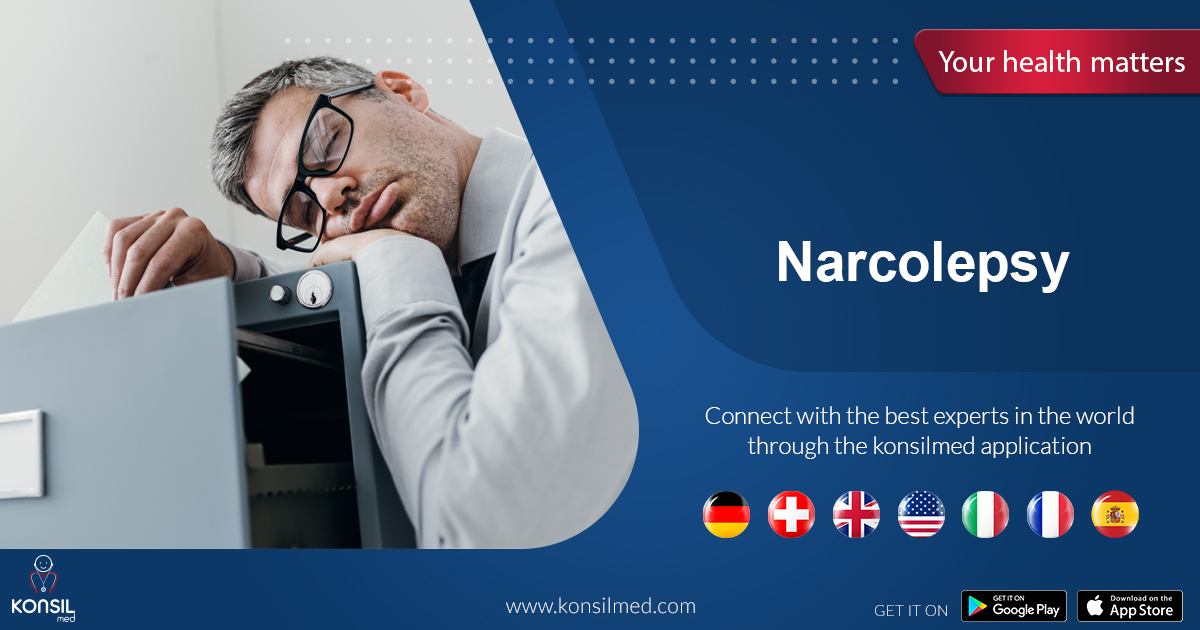
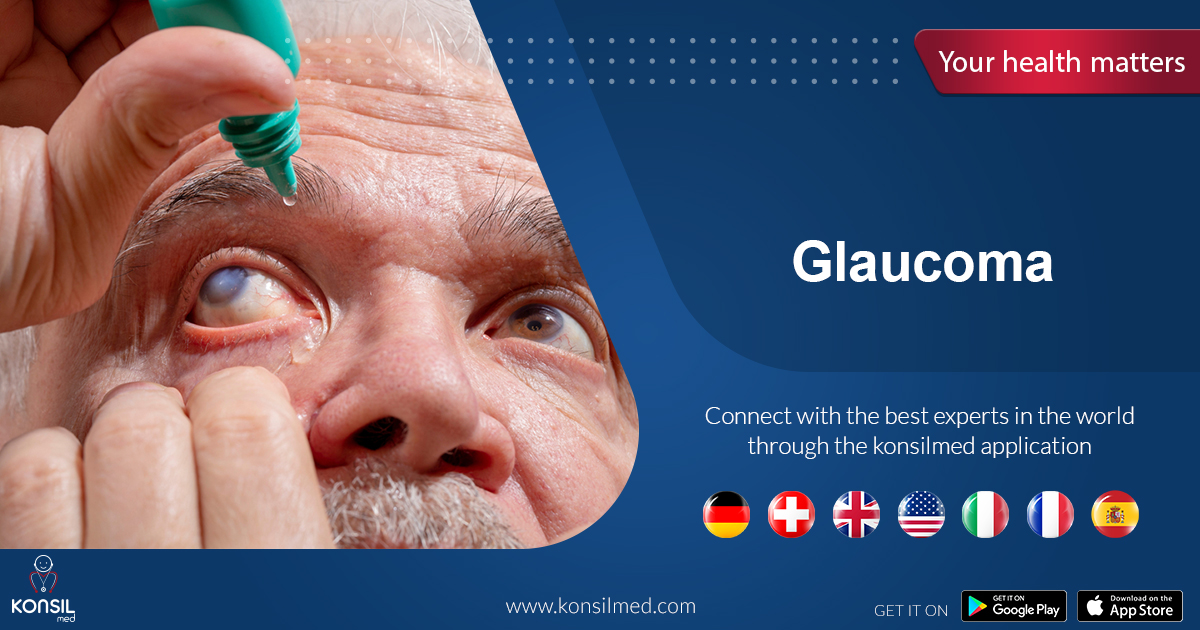
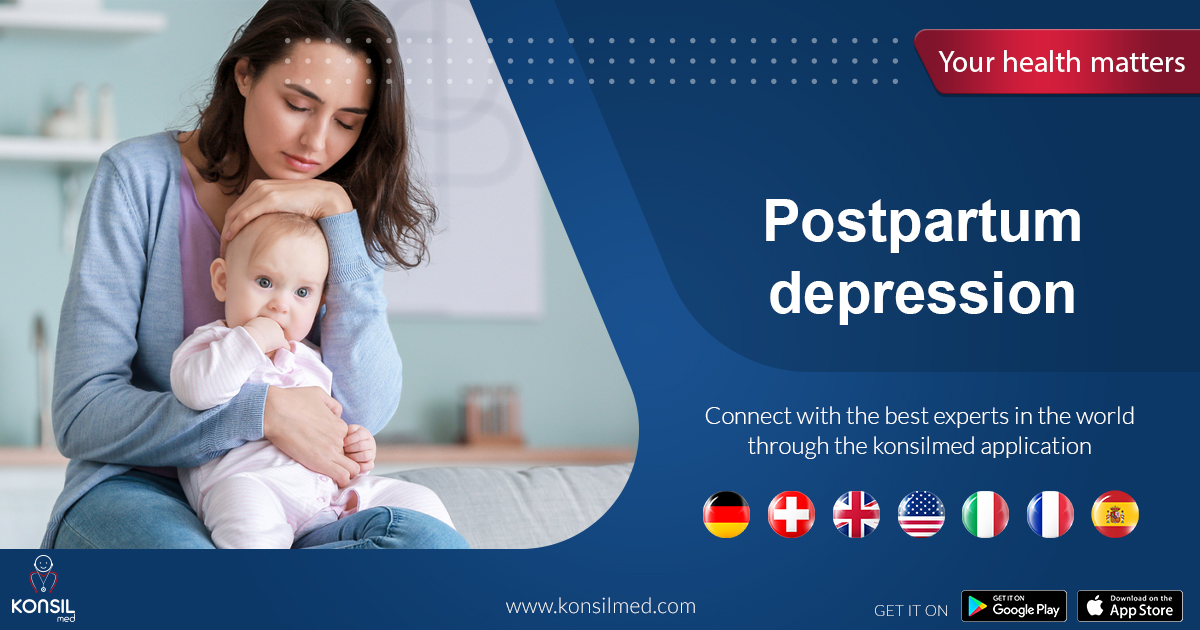
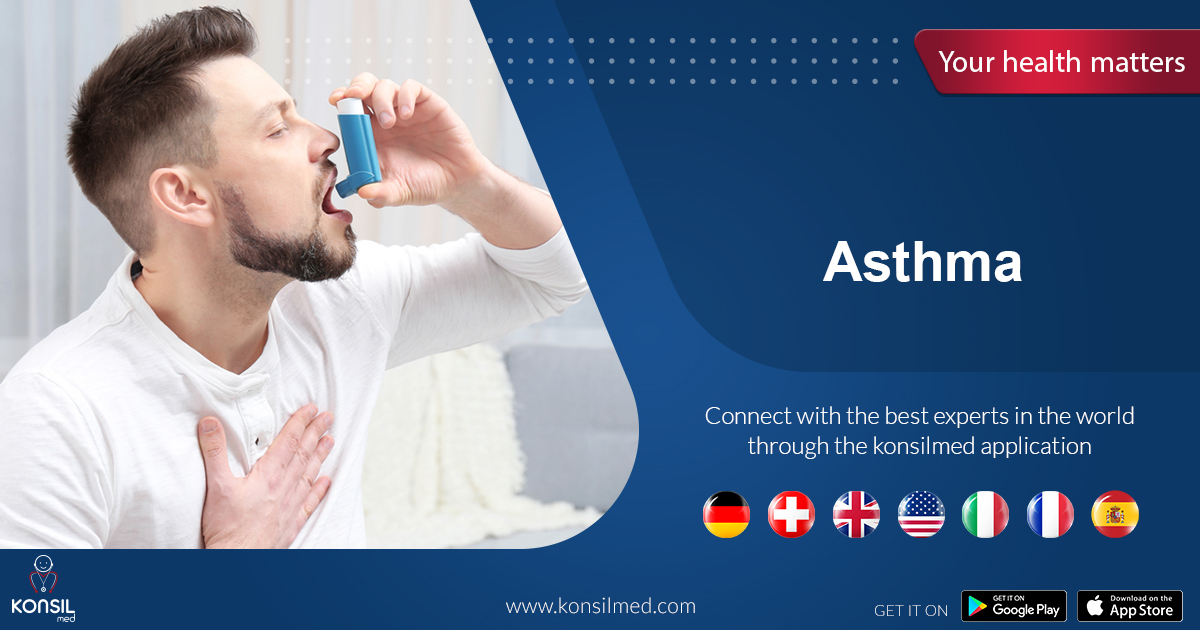
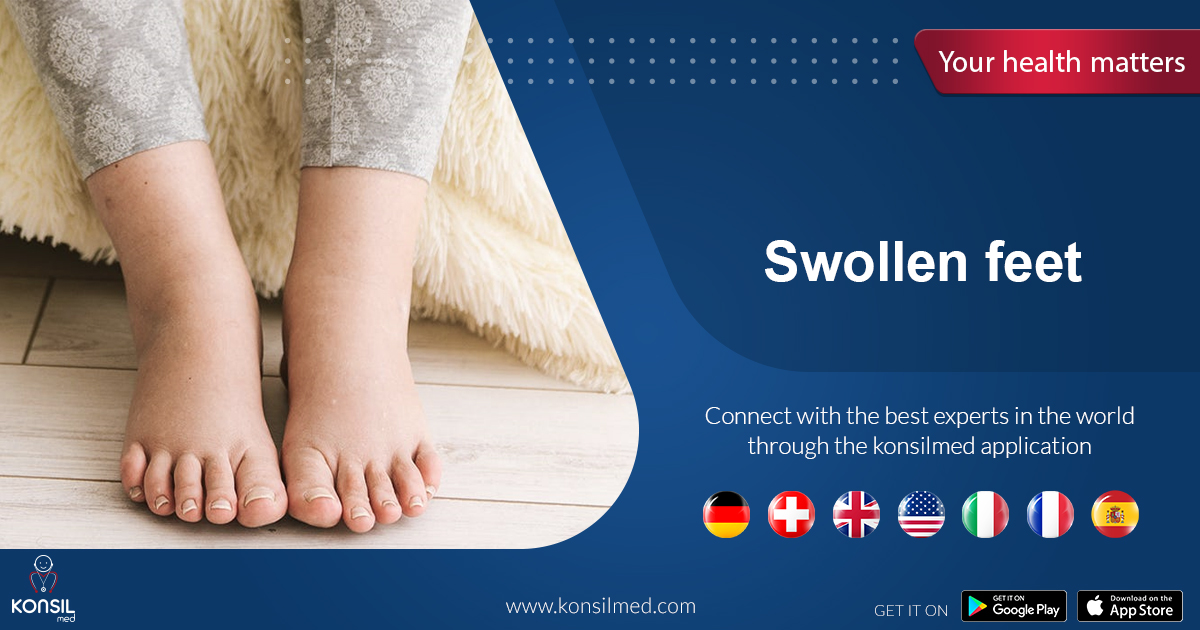
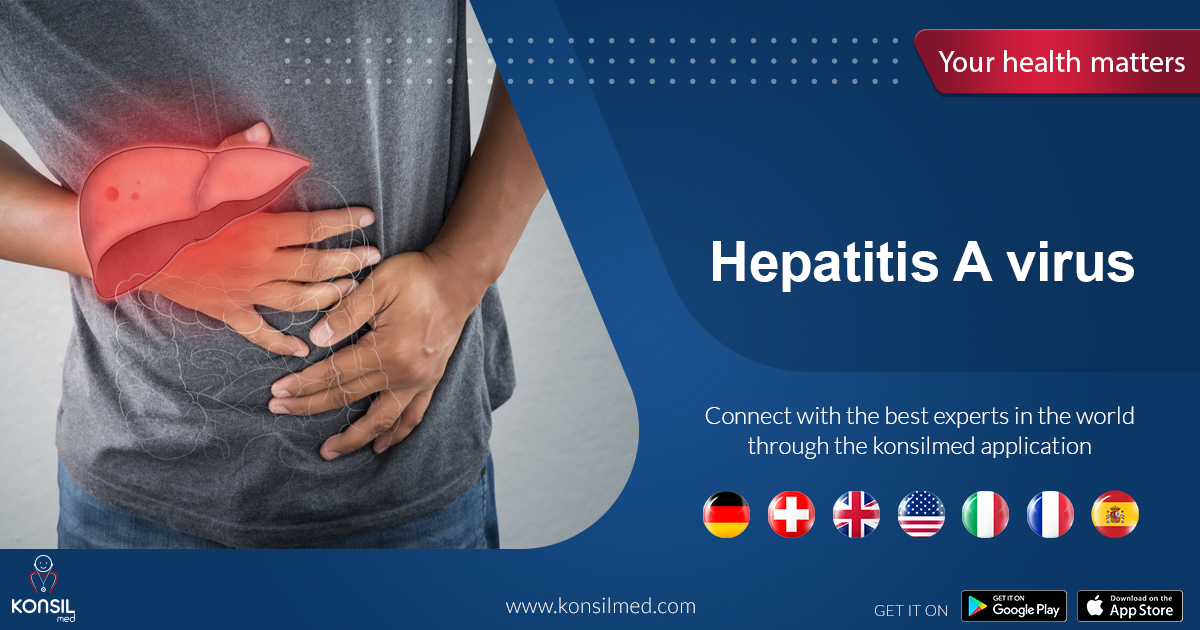
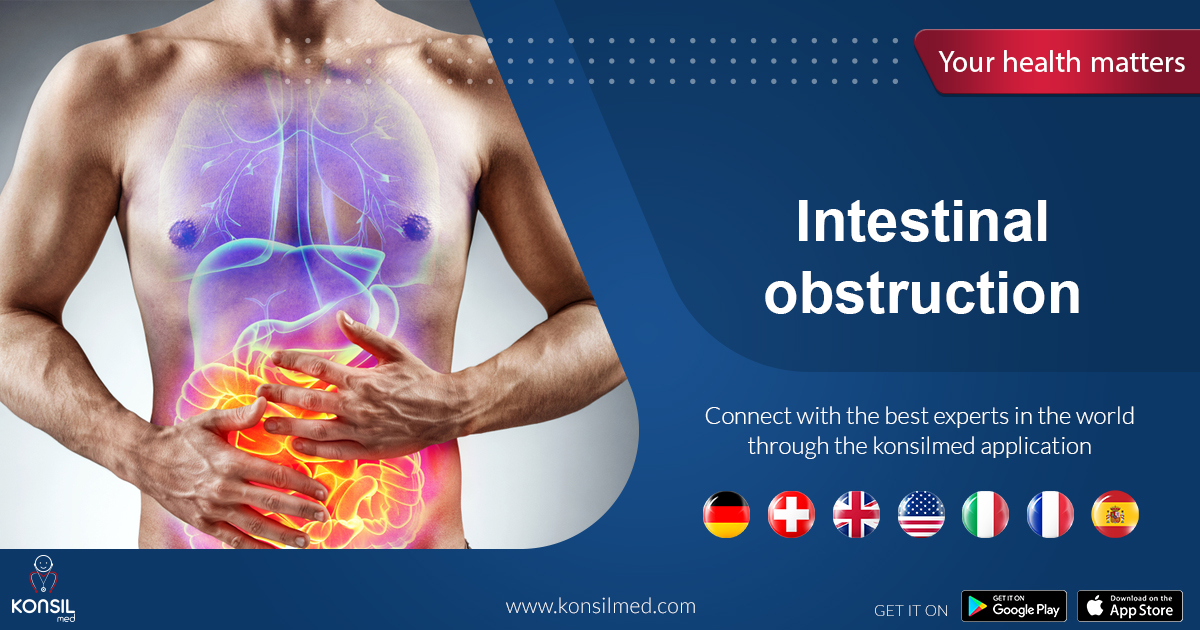
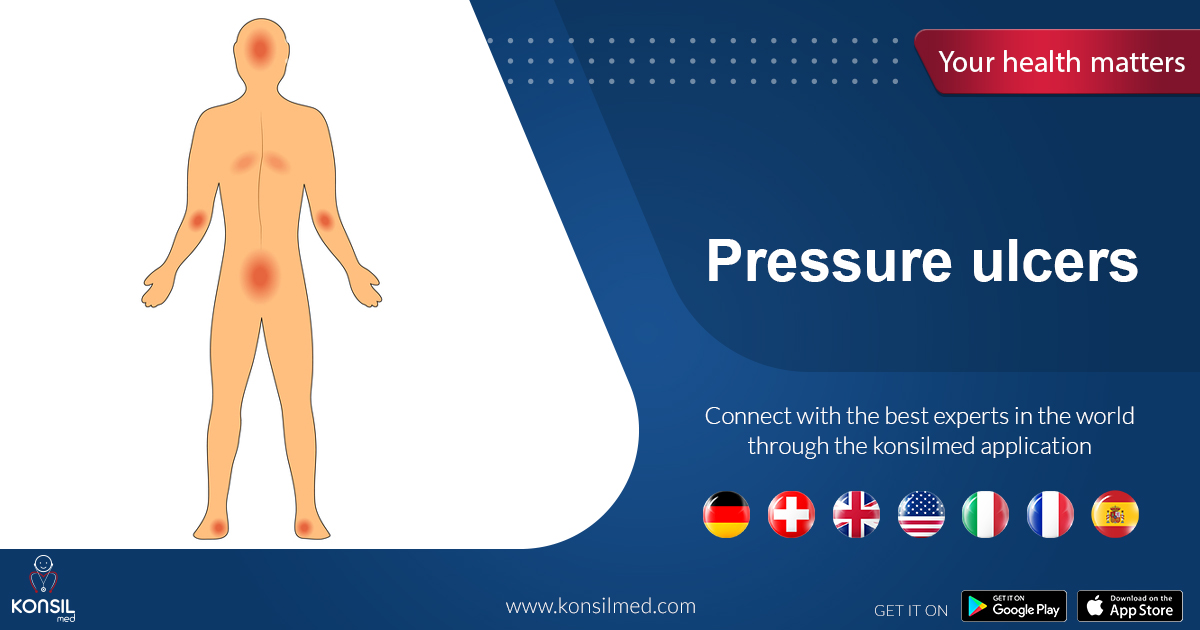
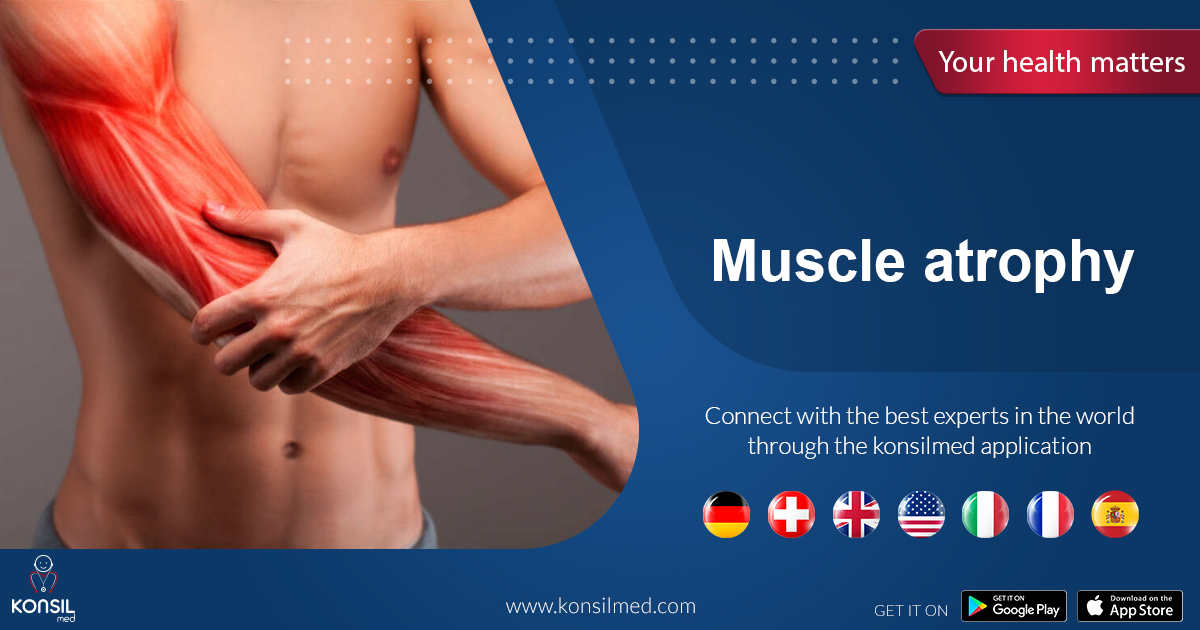
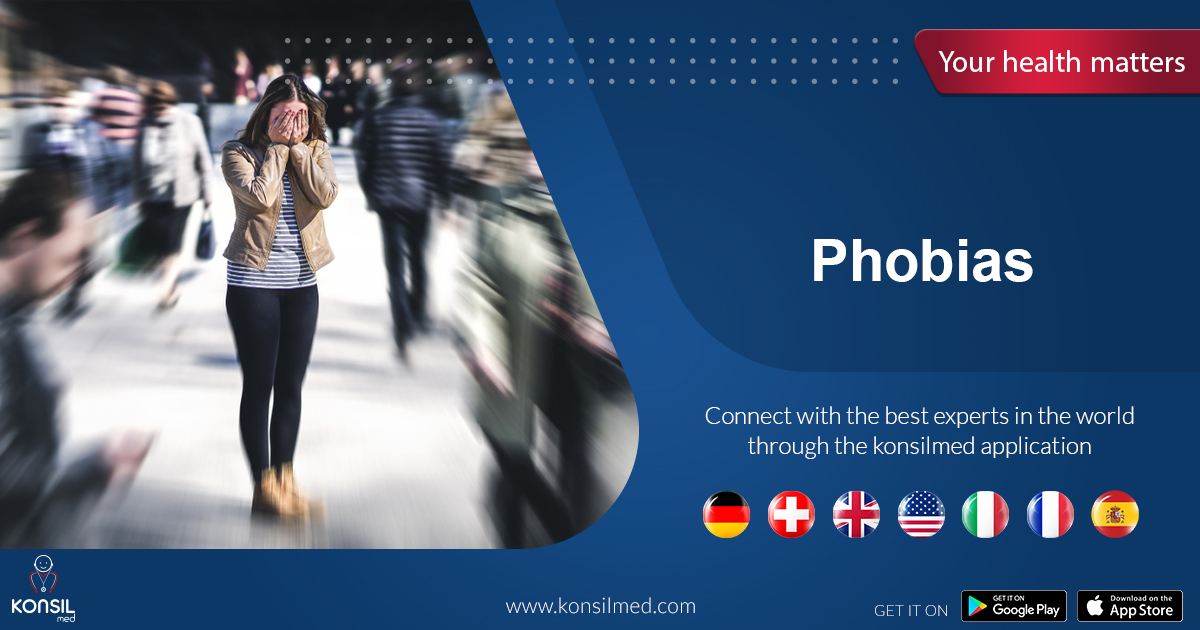
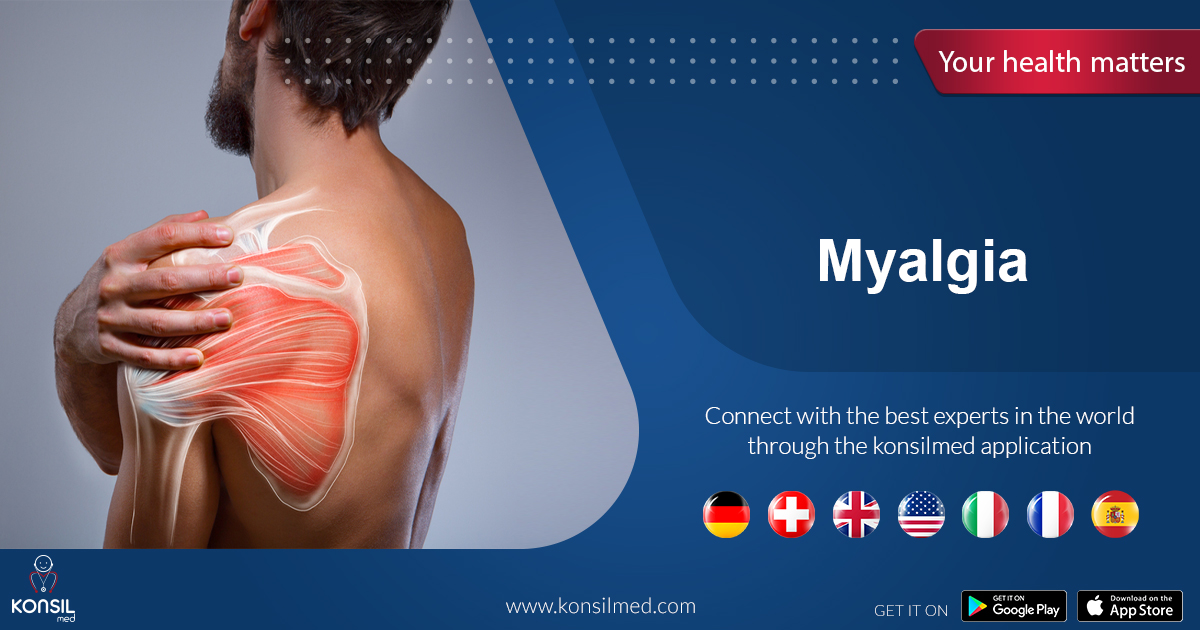
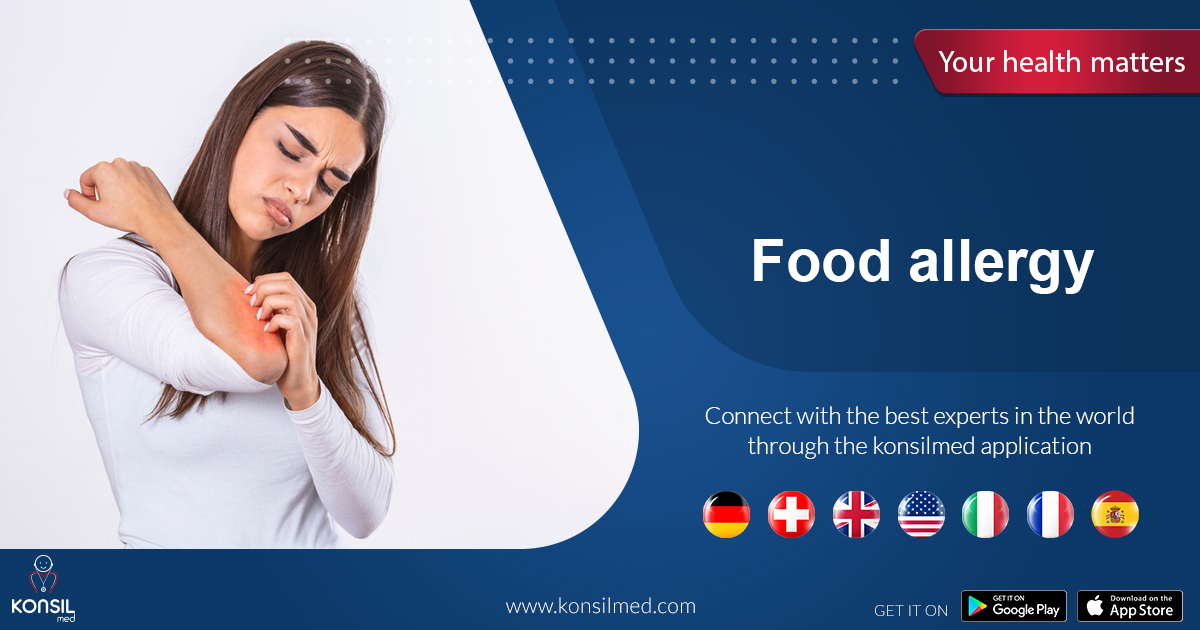
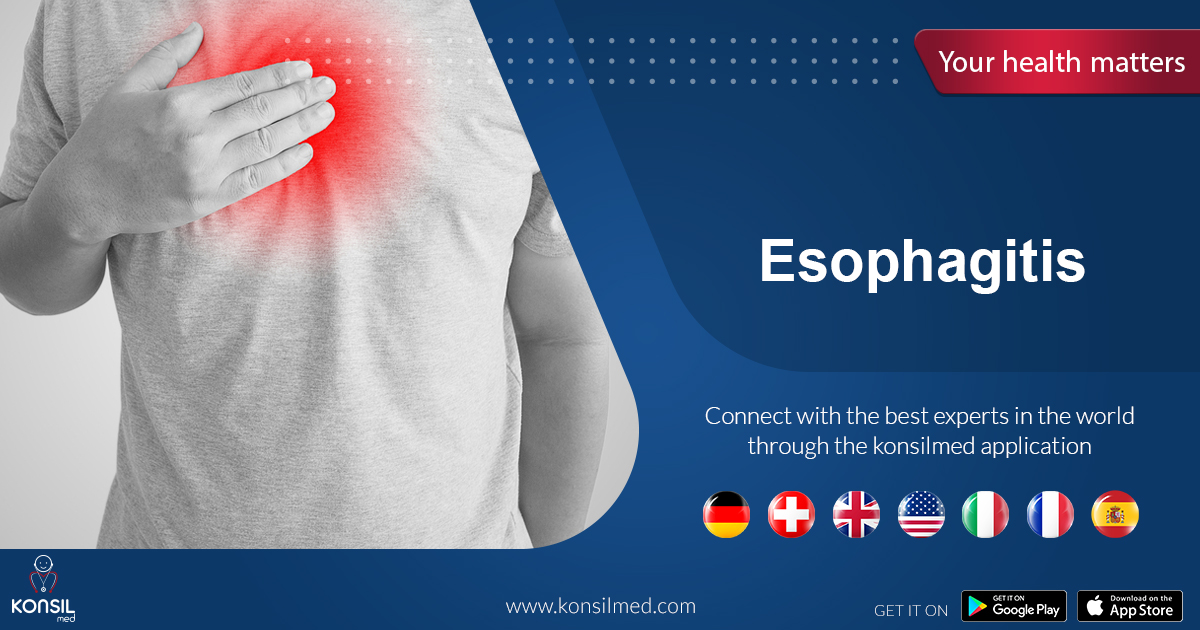
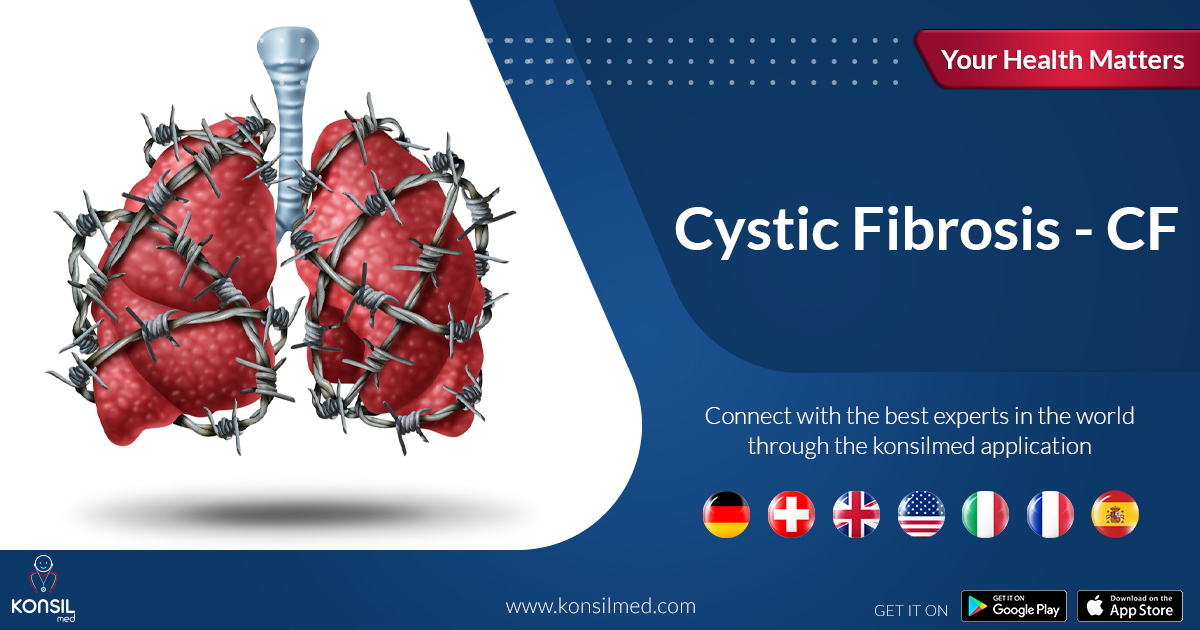
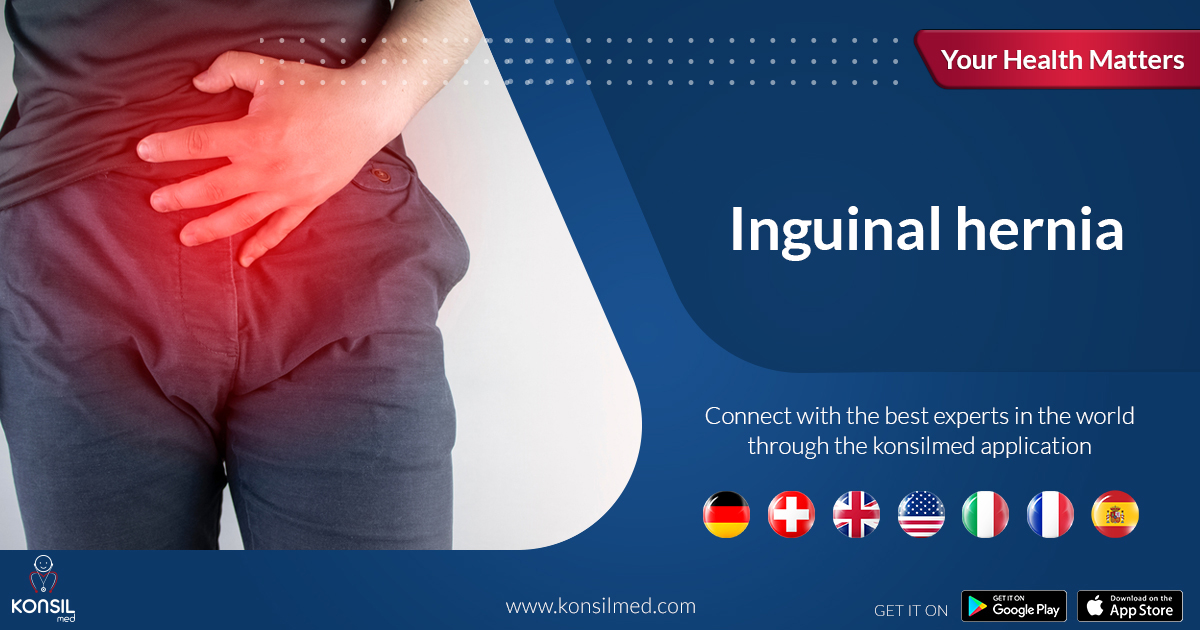
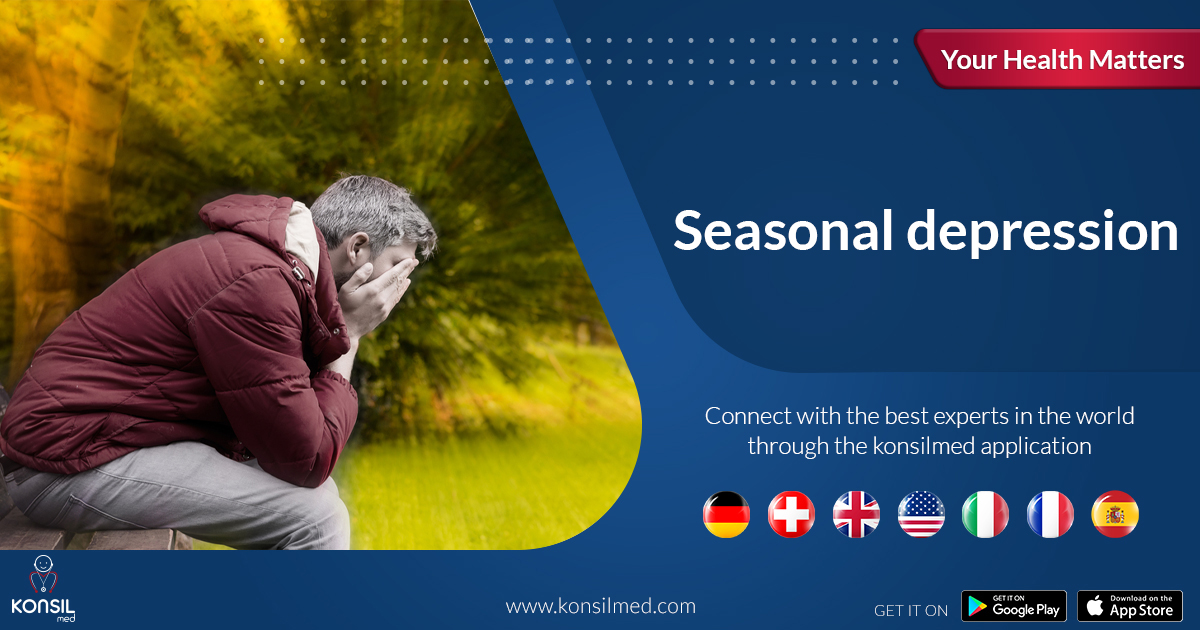
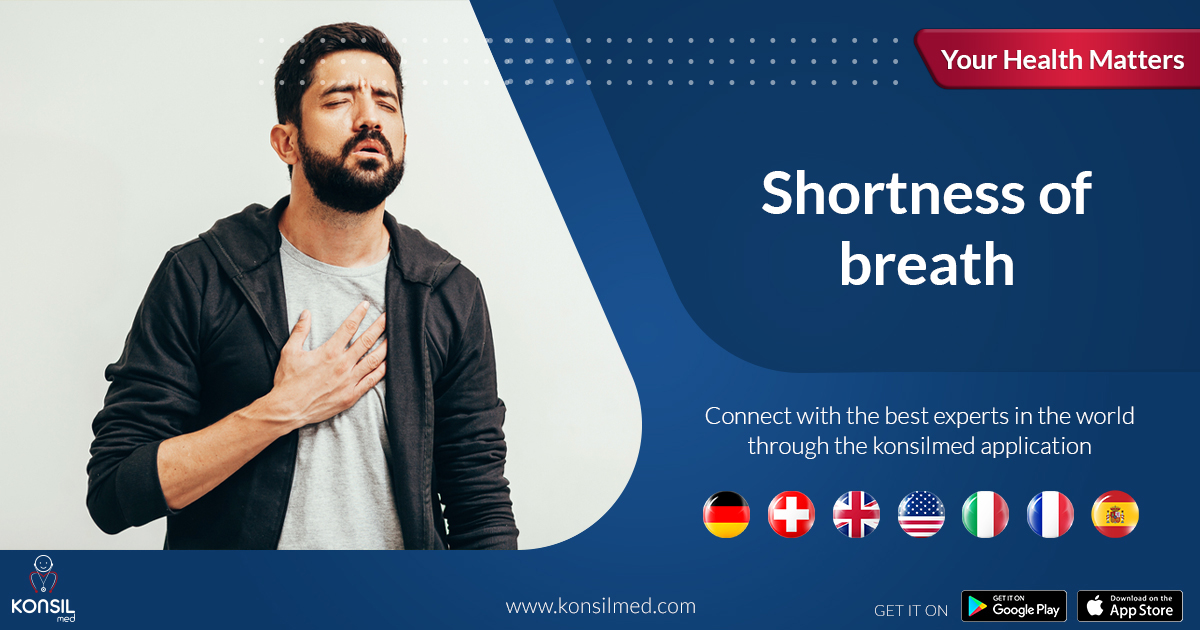
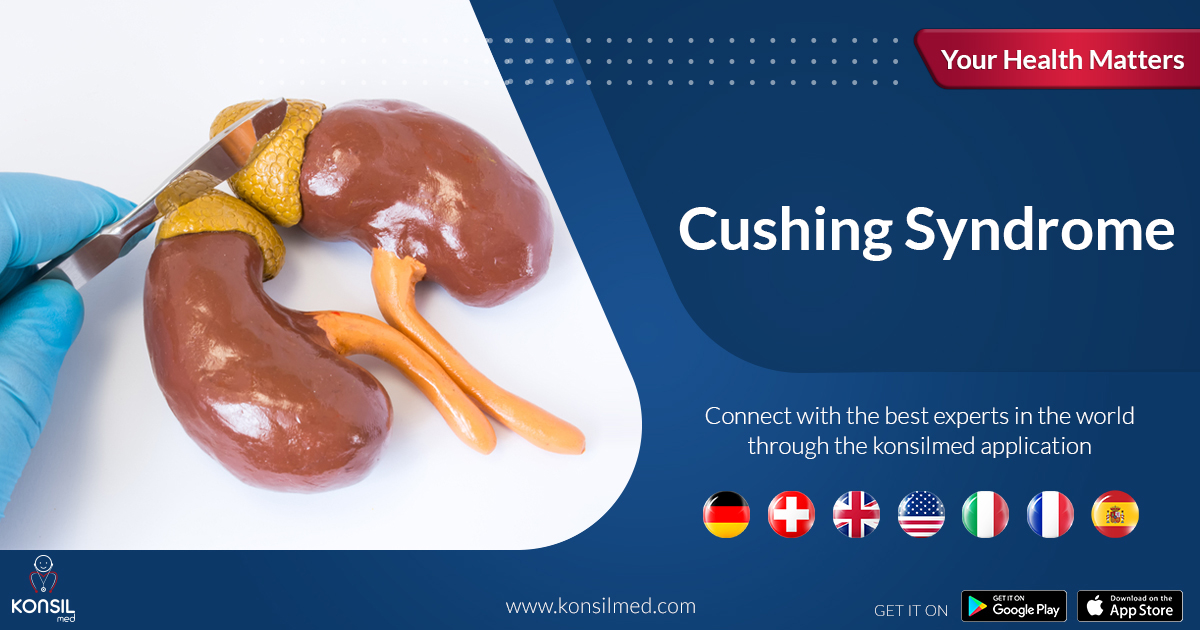
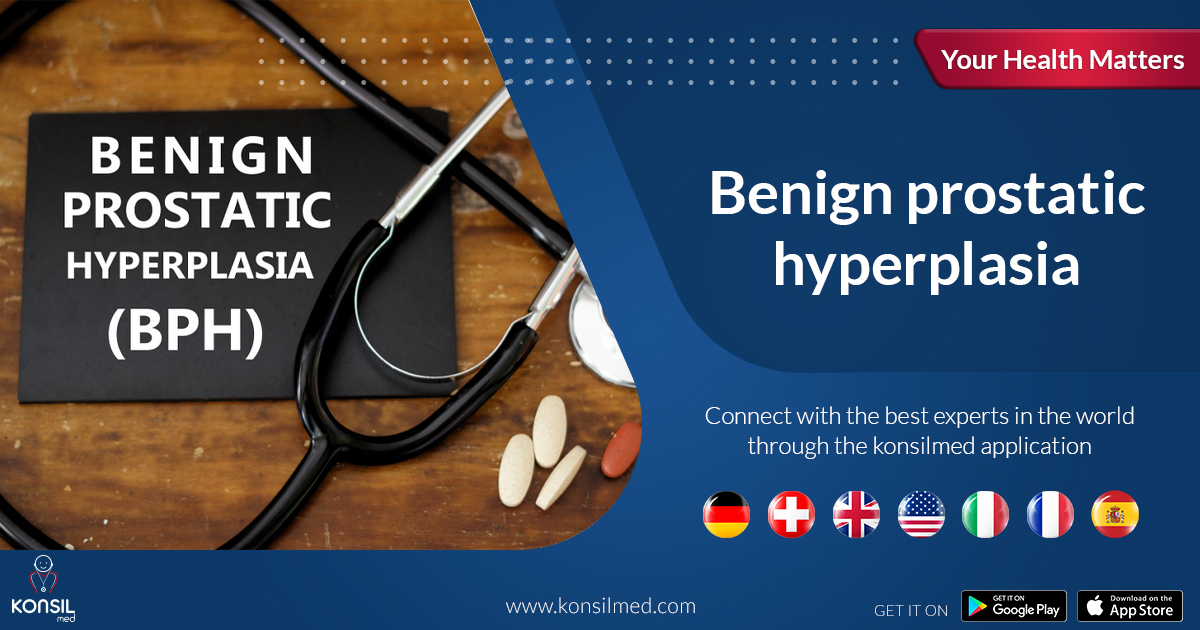
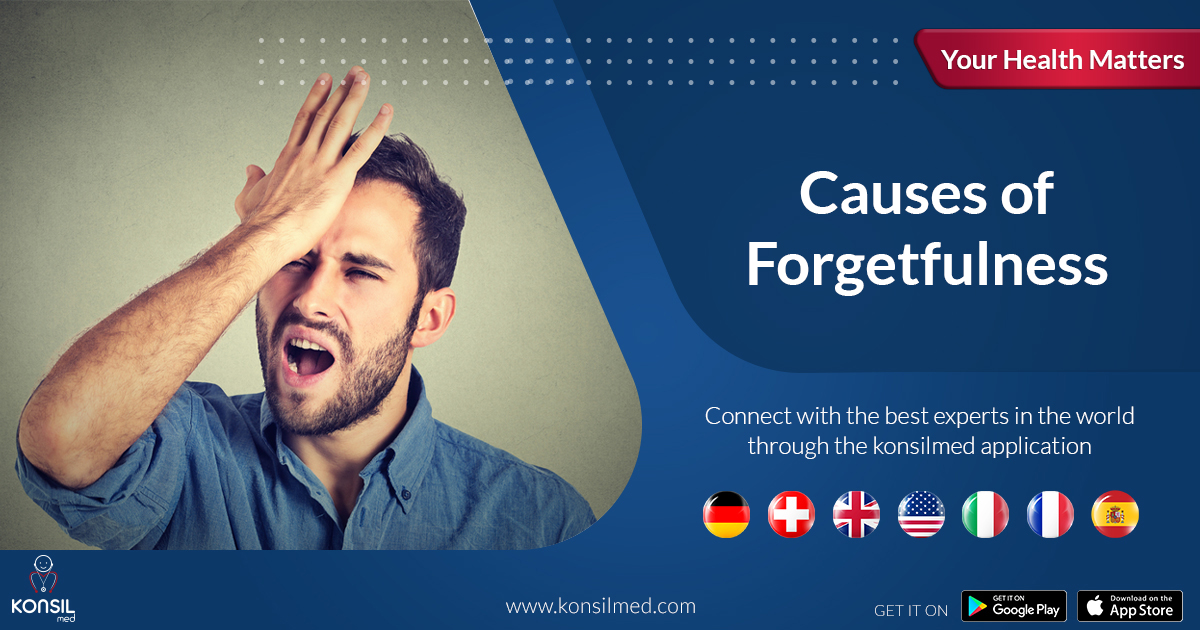
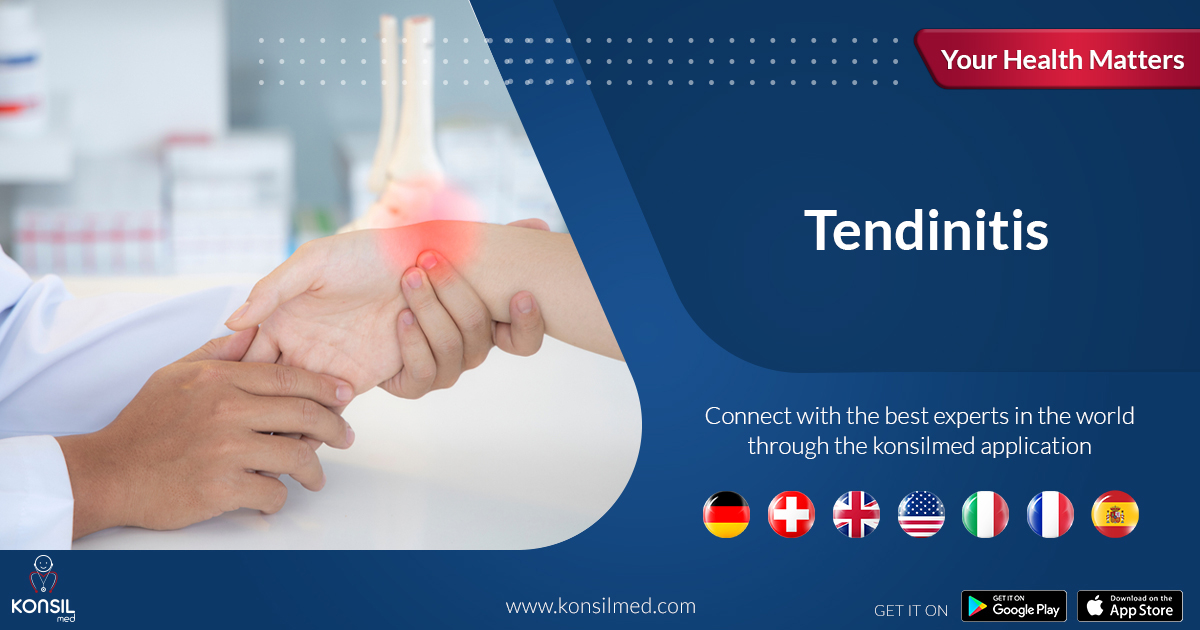
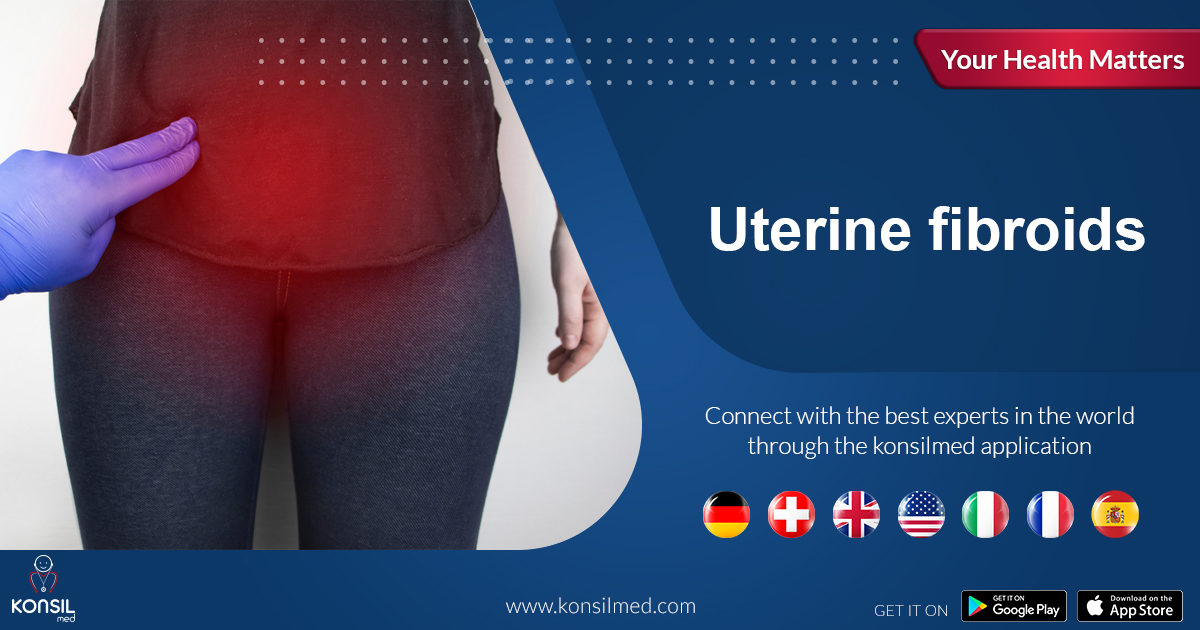
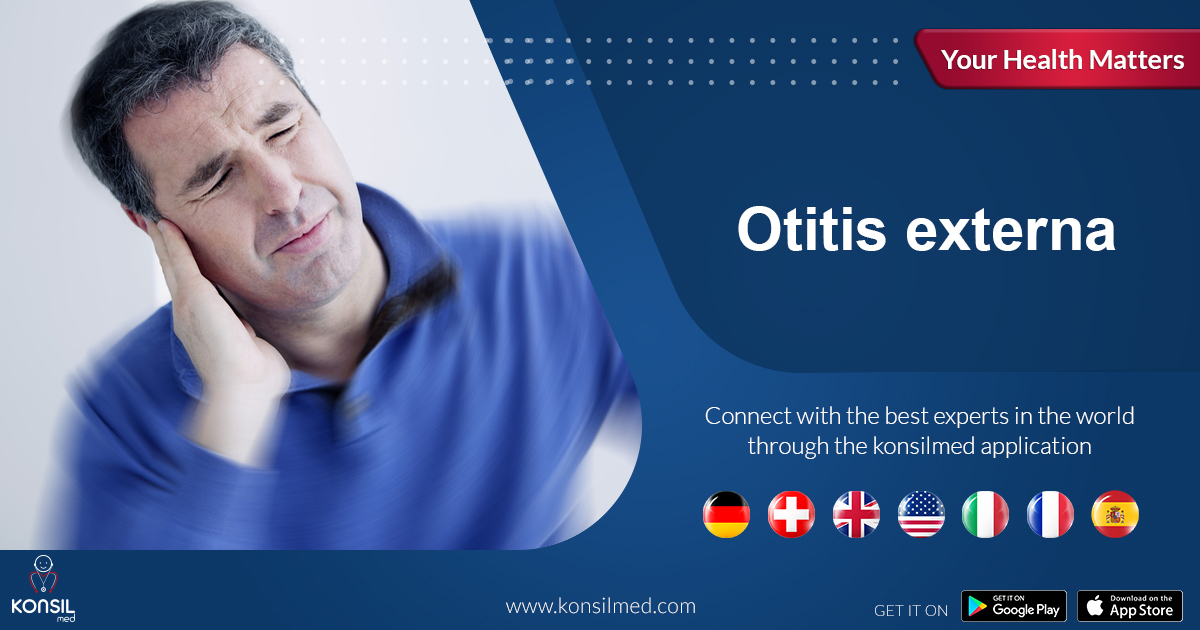
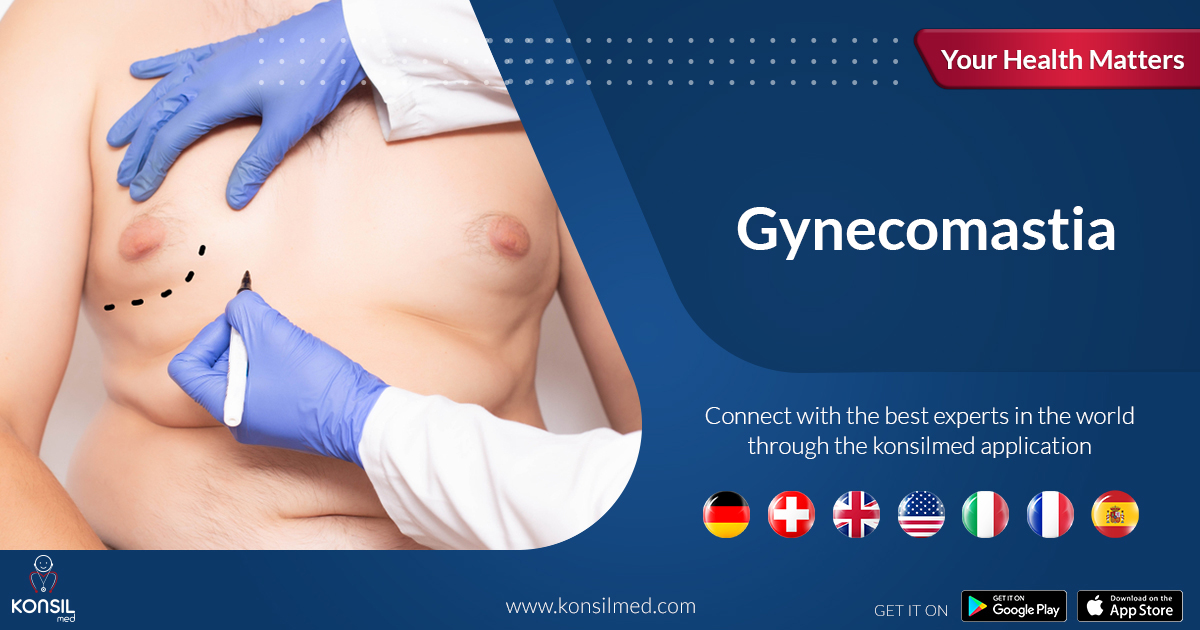


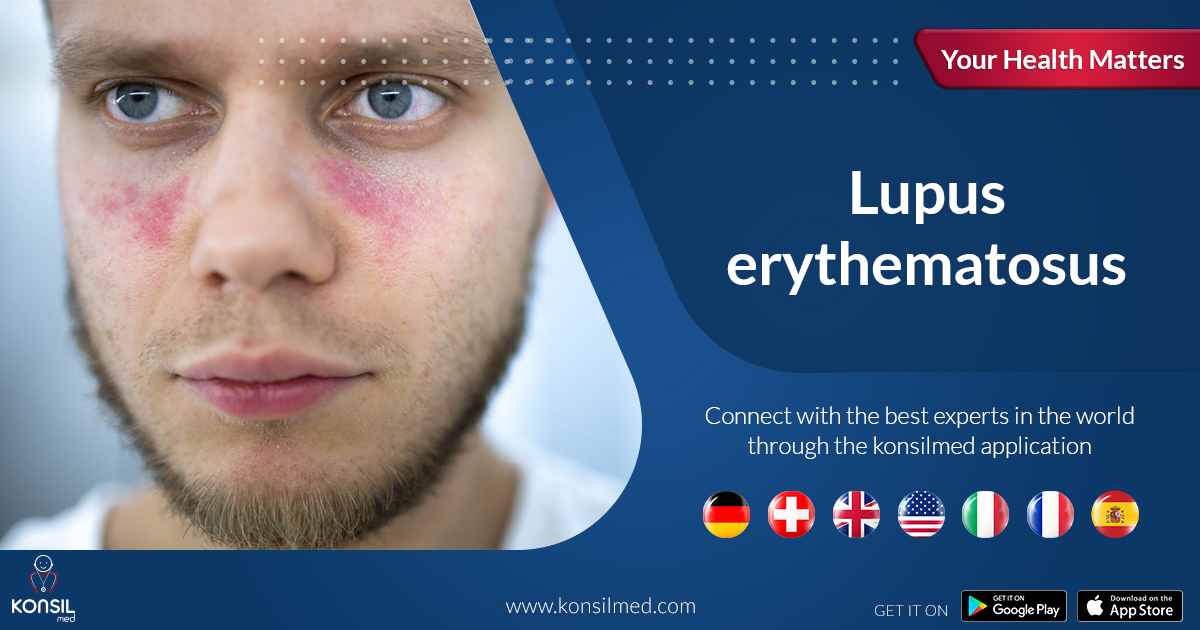



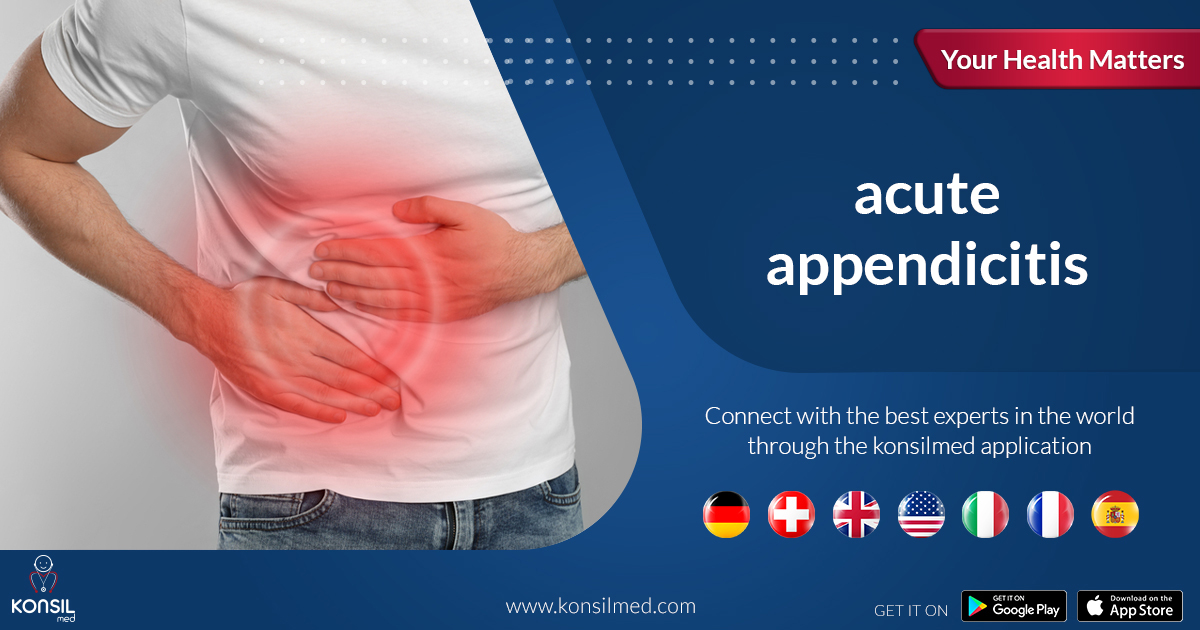

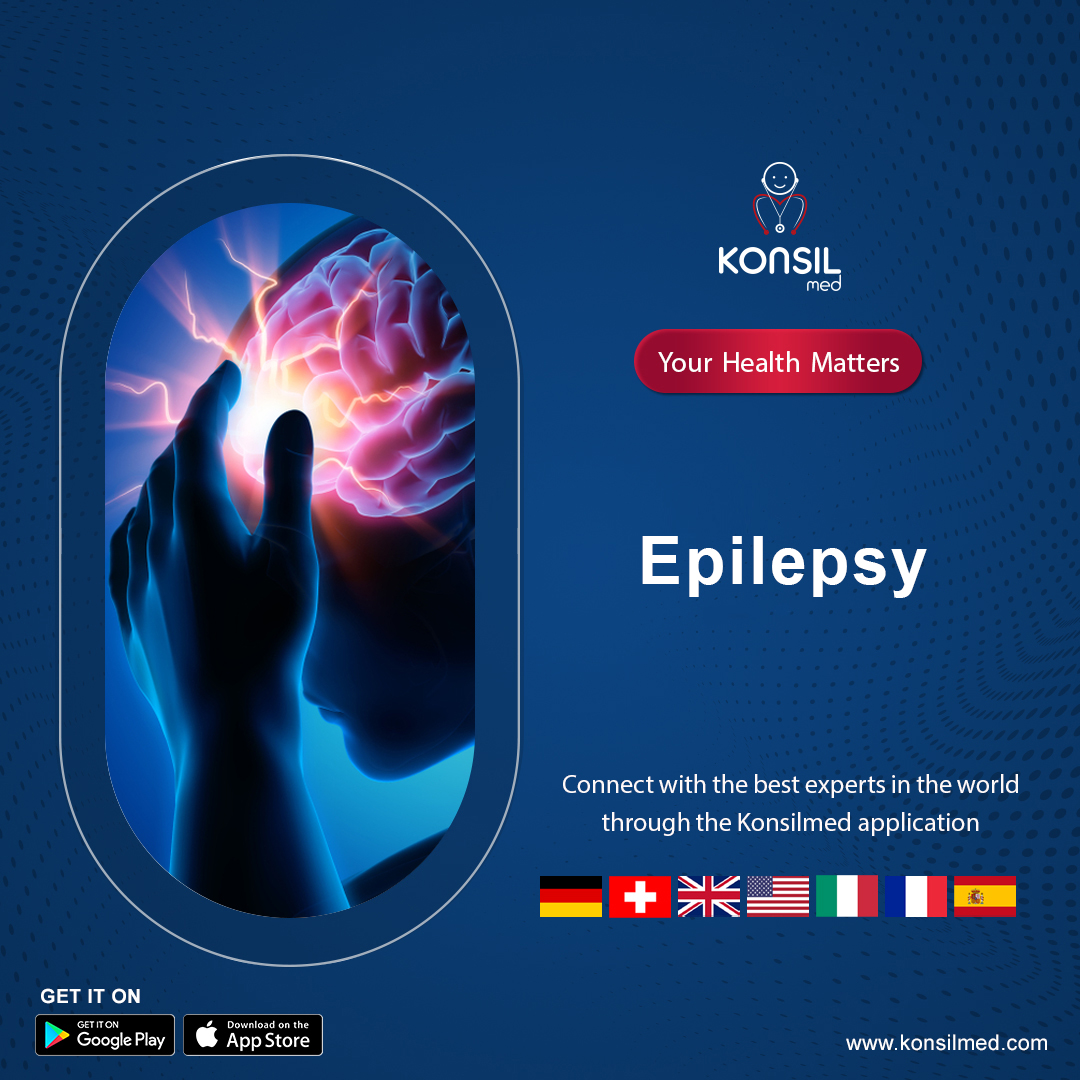


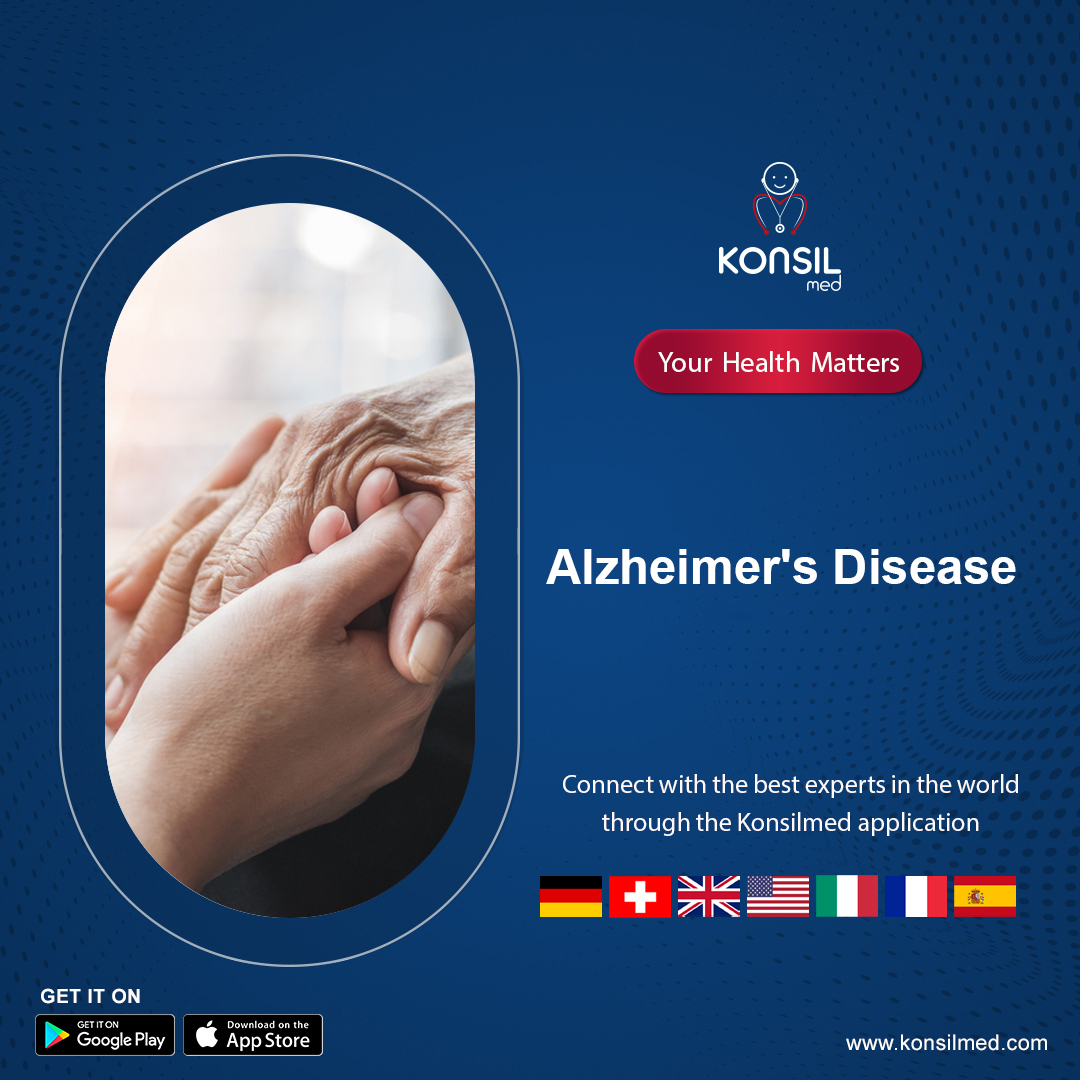





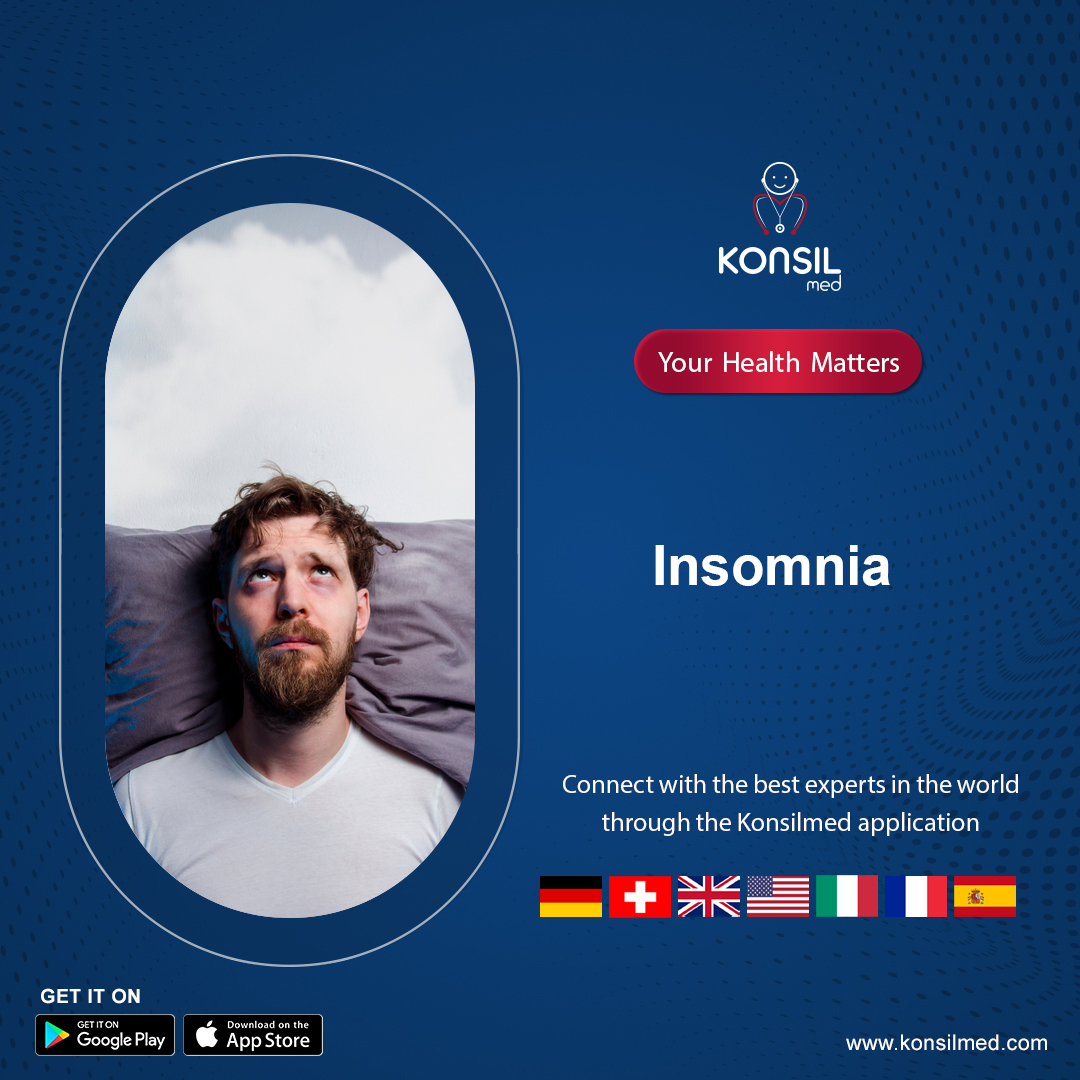

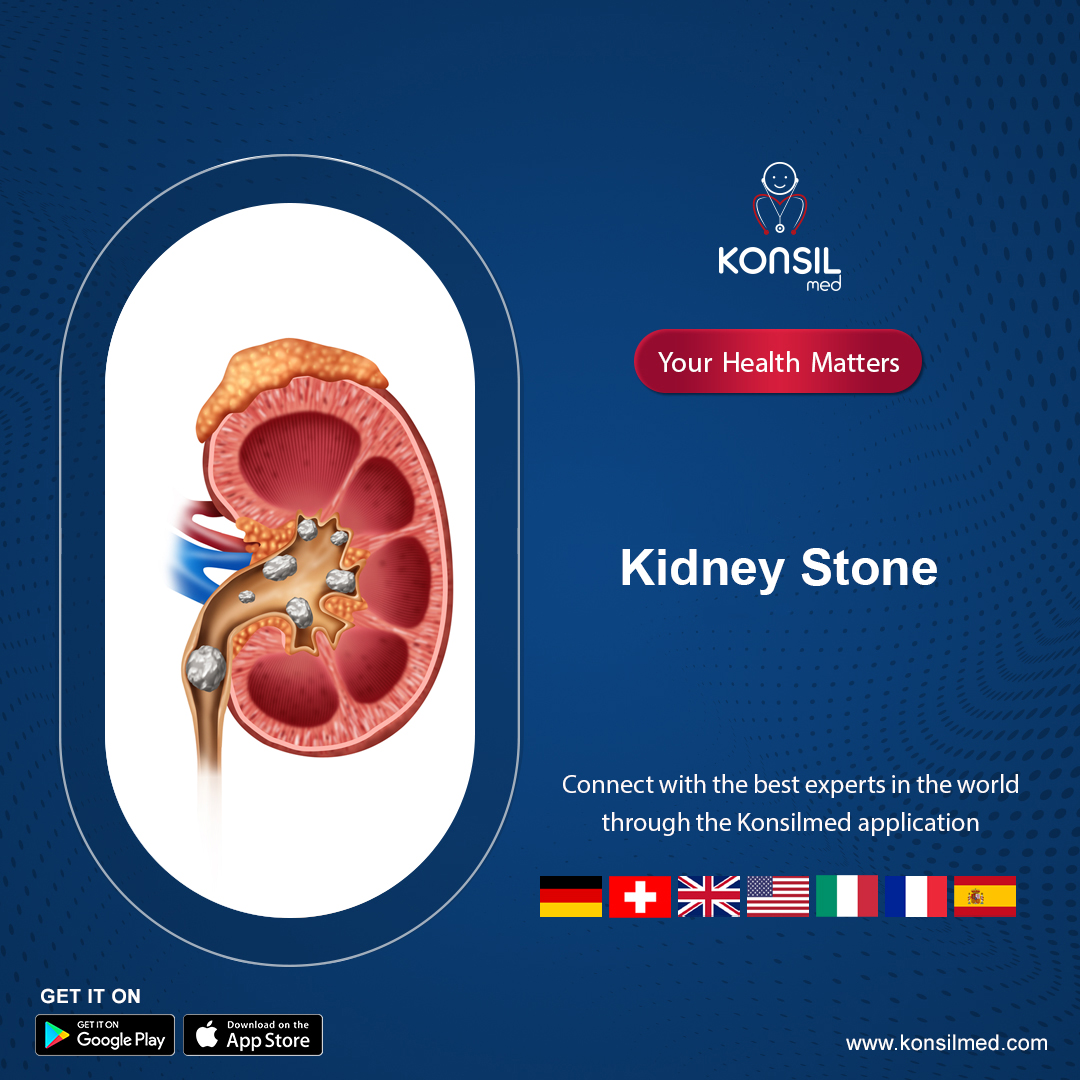

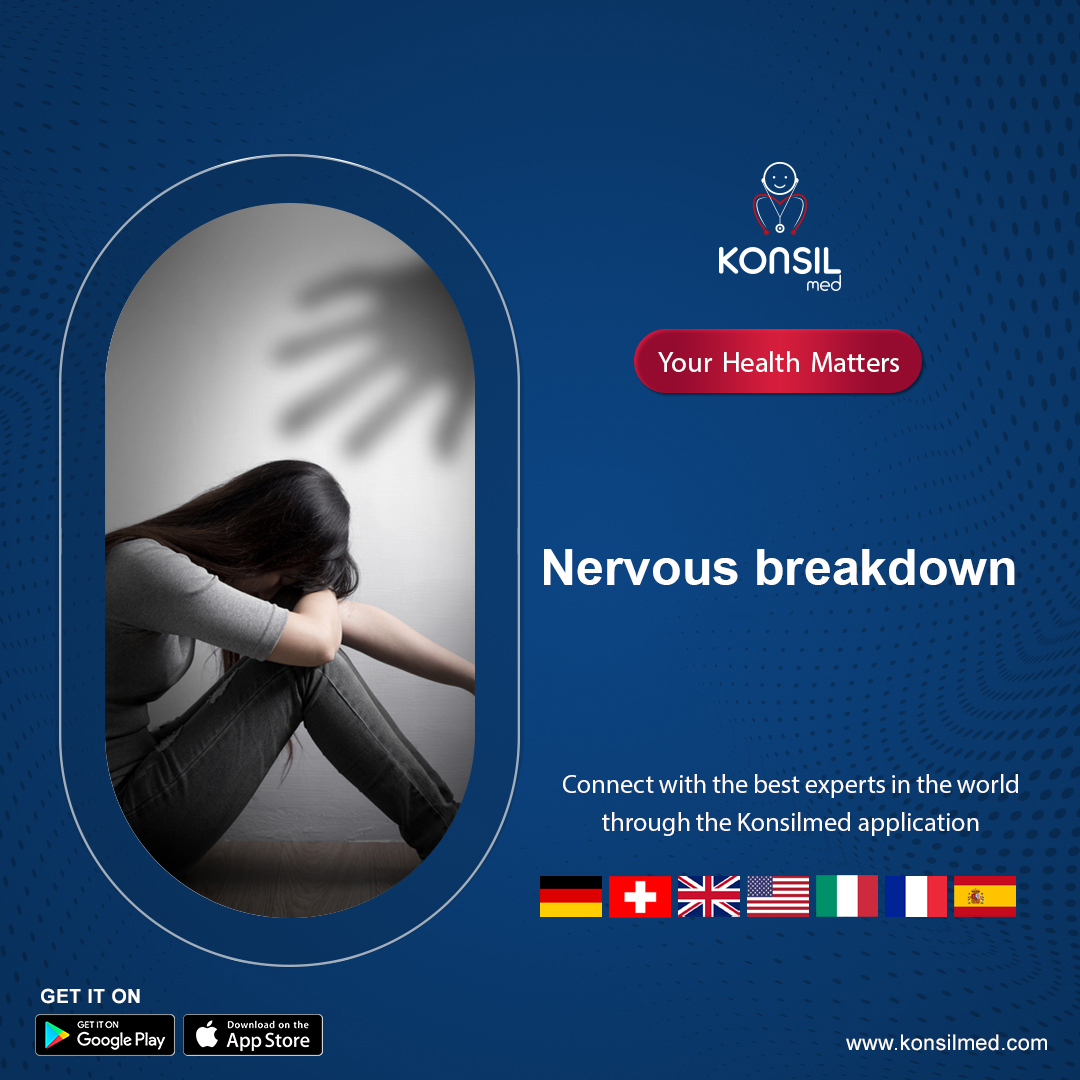





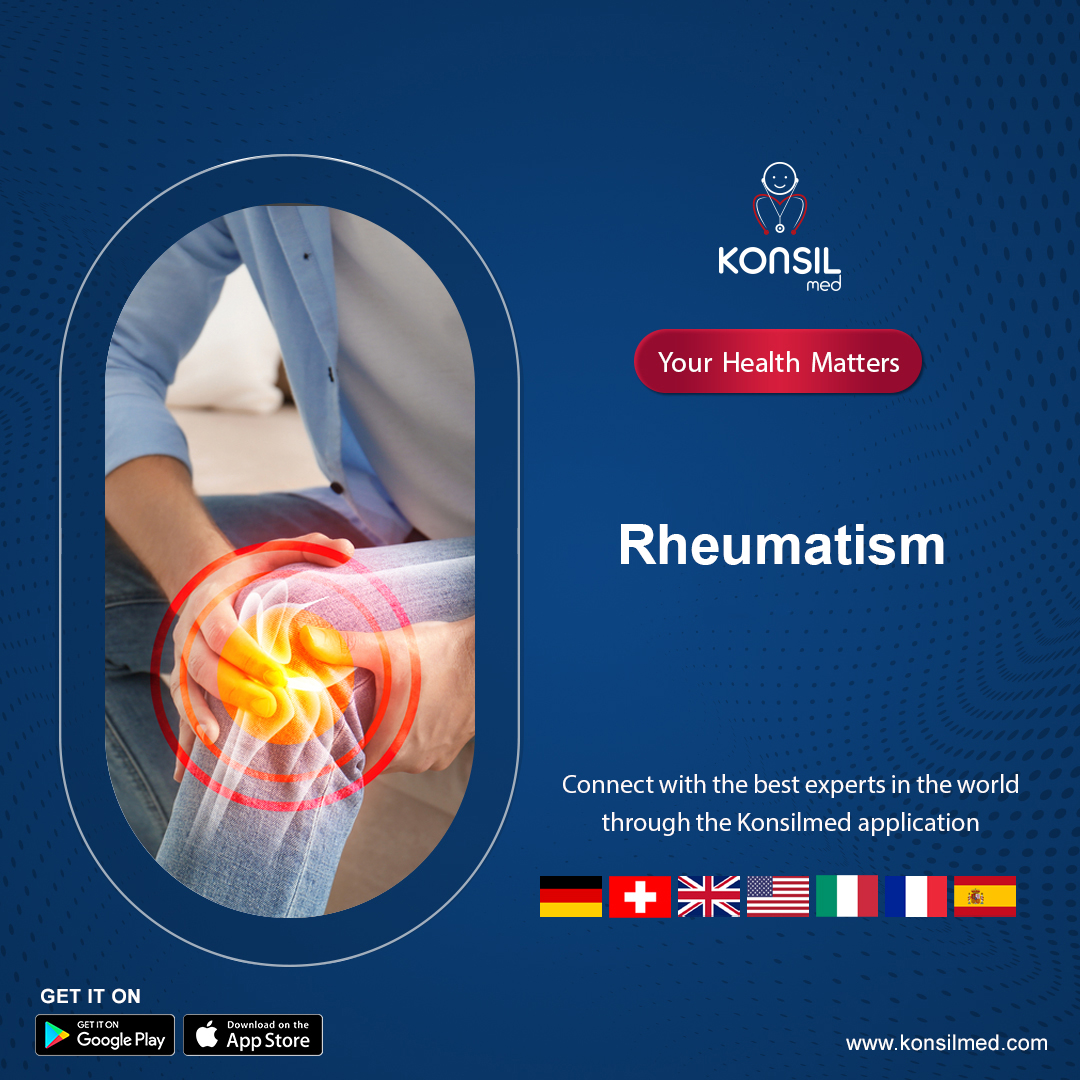


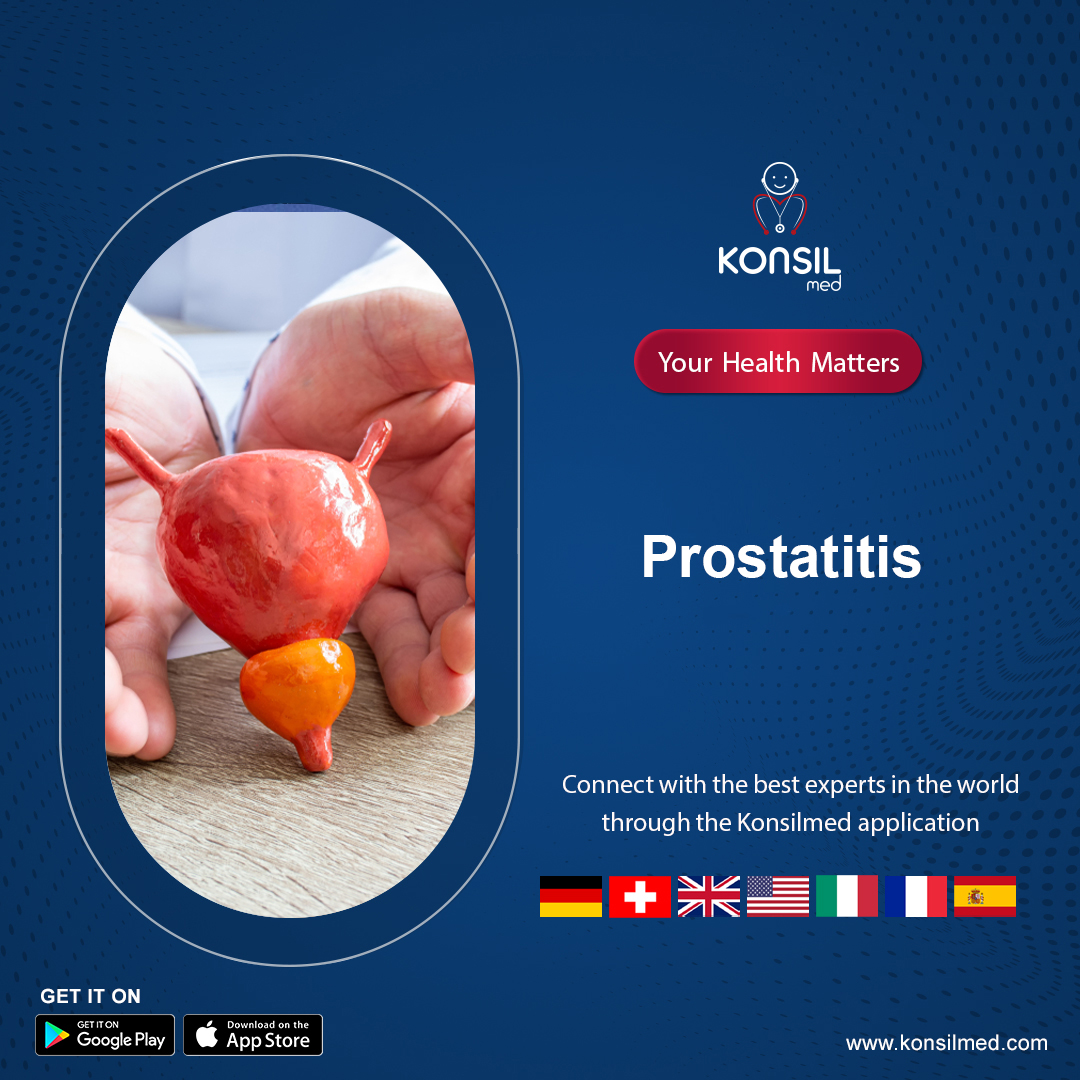

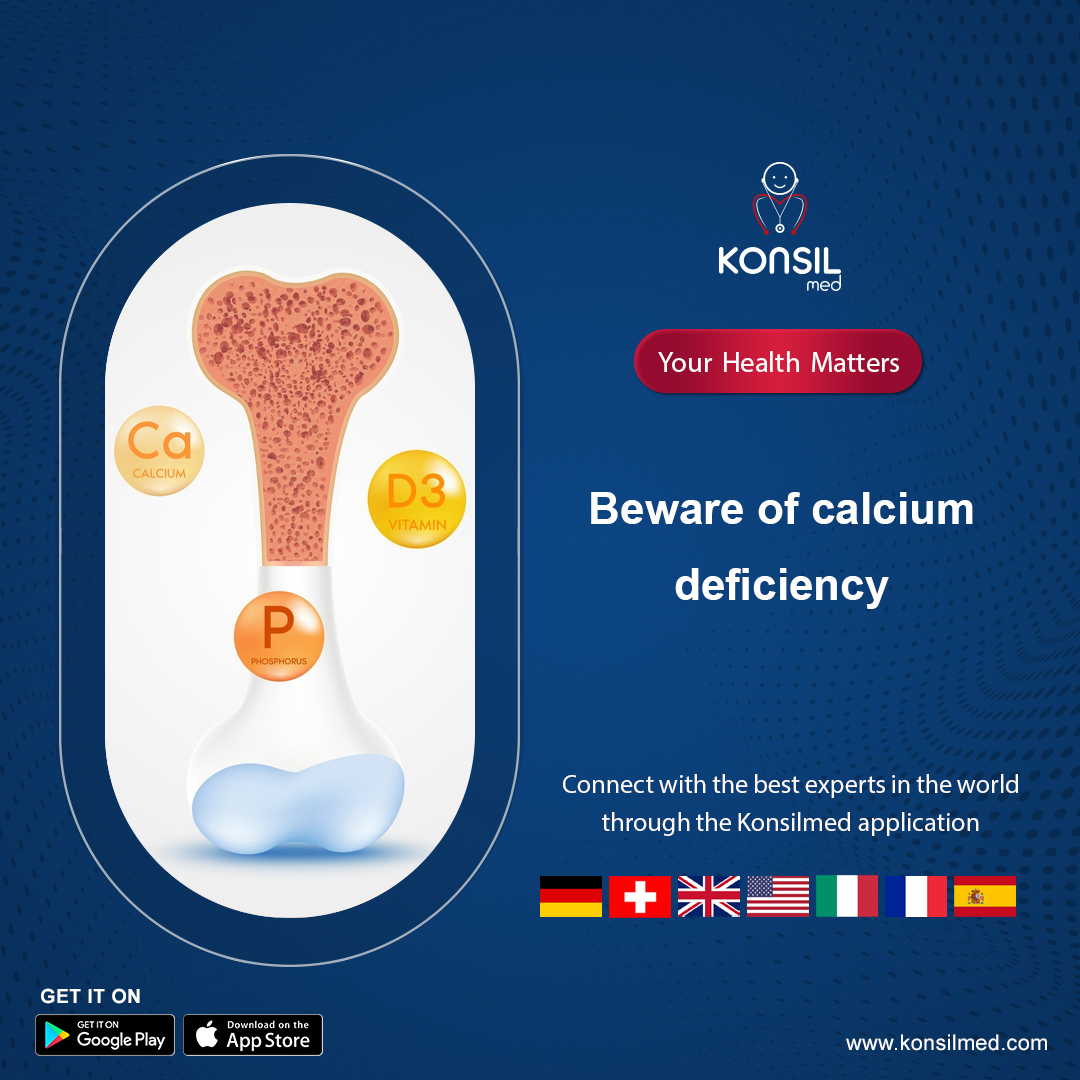


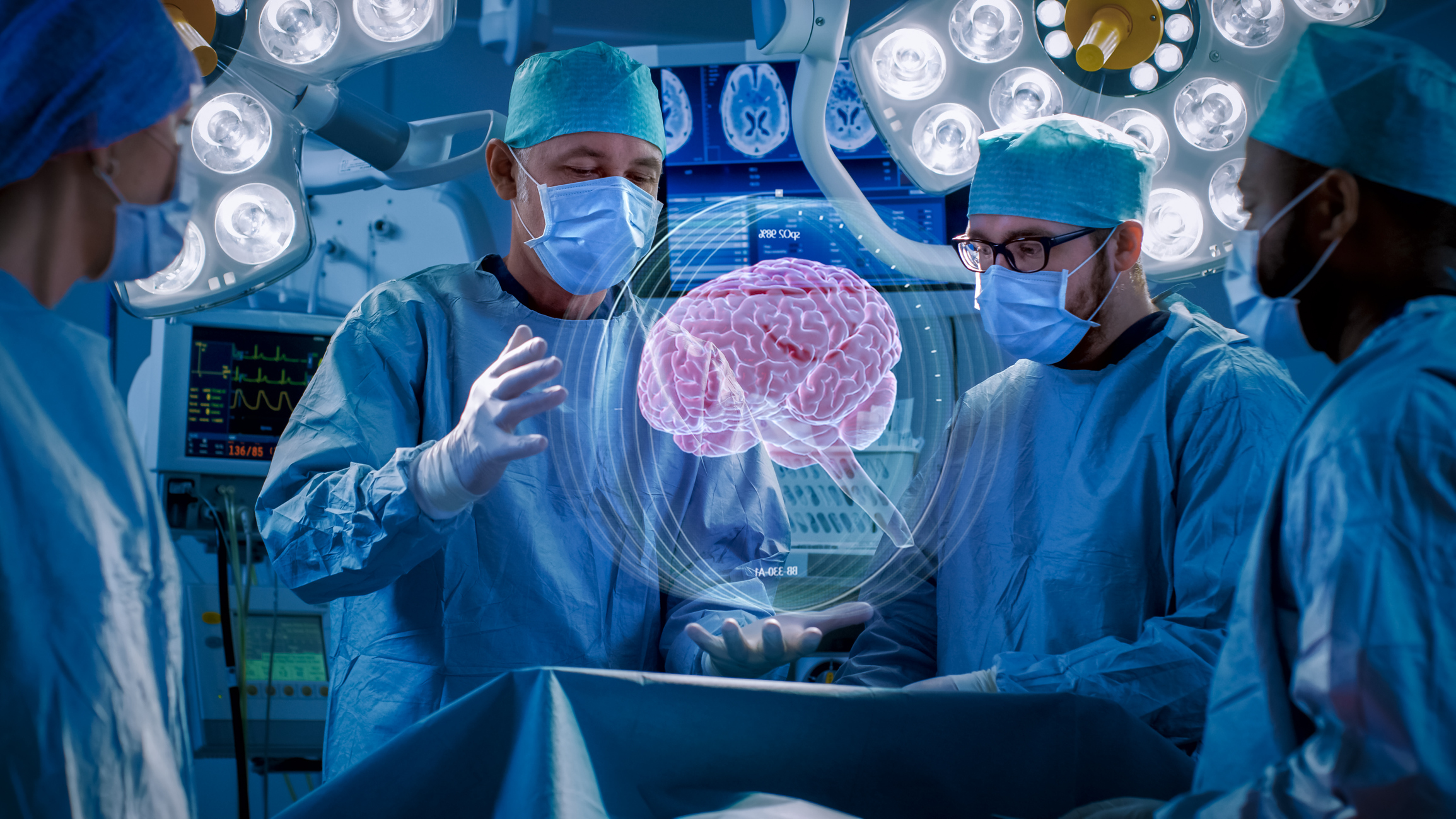
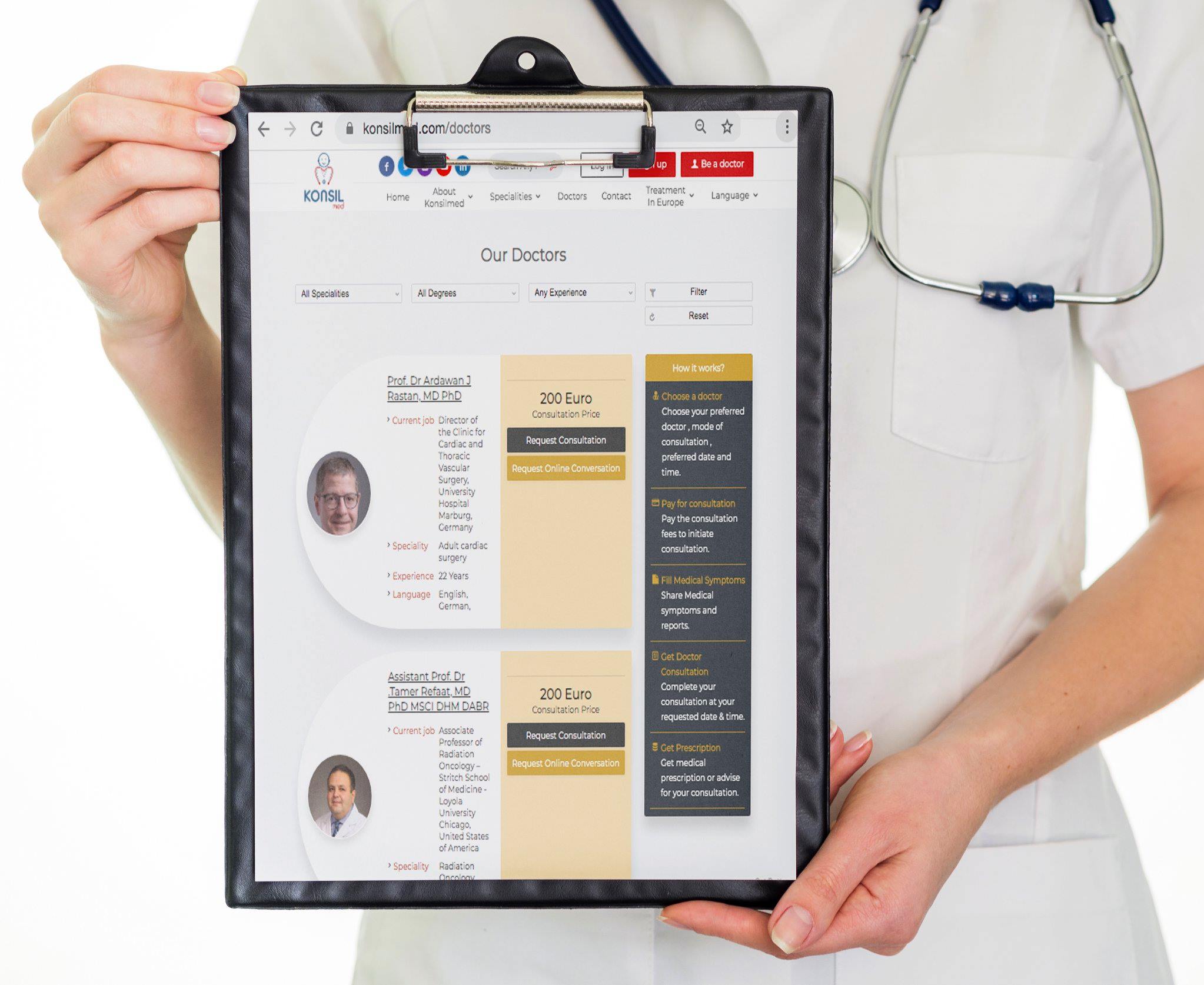

.jpg)
.jpg)